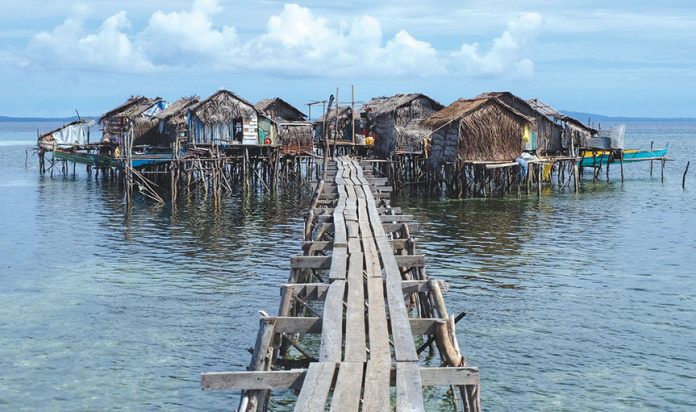I have so many beautiful stories to tell you about my recent trip to the southernmost province of the Philippines, the enthralling island province of Tawi-Tawi.
Stories that are often unnoticed and neglected because most of the times what we hear are stories of conflict, disorder and adversities fed to us by what we hear, read and see on the news. And because of that, the real picture that reflects about Tawi-Tawi, its natural beauty, culture and people, is sadly ignored.
So today, along with those thousands of people who were once lured to come to Tawi-Tawi, I will share my exciting stories about my wonderful experiences romancing the pristine and natural magnificence of this province I consider as “the southernmost jewel of the country”.
I’ve gone to some of the beautiful islands in the Philipines. I must say each possesses a distinct characteristic that makes it unique from other islands. And Tawi-Tawi’s are among the best example of those that are most pristine and beyond beautiful.
Like a precious treasure, Tawi-Tawi is a bedazzling gem that when carefully polished, it will shine and even outshines other gems we have in the archipelago. Composed of 11 municipalities, Tawi-Tawi offers a variety of destinations that a traveler would certainly love to explore – they got caves which is said to be rock shelters in ancient times, mountain peaks that offer commanding view of Tawi-Tawi’s landscape and seascape, rich history and culture to learn from, delectable indigenous food that is served until now, hundreds of island and islets to visit and enjoy, and many many more.
Of the 11 towns of the province, I made to visit the four. These four towns teem with different attractions that best describe the sights, the vibe and the feel of Tawi-Tawi. I must say that even with these four towns alone, one’s visit to Tawi-Tawi is assured of much delight.
Here are the first two towns, Bongao and Sumunul and the things to see and experience there. Watch out for part two where I talk about Panglima Sugala and Sapa-Sapa.
BONGAO
Bongao is the capital town of Tawi-Tawi. It also serves as the gateway to the Province. This town is a little charmer. The most imposing landmark one can find in this busy town is the Bud Bongao. About 340-meter above sea level, it is the highest peak in the entire Province. Bud Bongao is believed to be a sacred mountain possessing special healing powers. In fact, locals including other residents from other towns would come to Bongao, hike up to the top of the mountain and pray. They considered it as pilgrimage site.
The majestic peak of the Bud Bongao offers the breathtaking view of the Bongao town. It also offers the commanding view of the vast blue seas of Celebes as well as the beautiful islands and islets dotting the seascape. They say you’ve never been to Bongao if you have not trekked this iconic mountain. Bud in Sama means Mountain.
Bongao being the capital town is the trade center of the Tawi-Tawi. It is also the busiest town among other municipalities. One of the most interesting trading sites in the town is the old Chinese Pier where seafood, dried fish and even agricultural produce are sold at very low prices. History has it that the Chinese Pier is the same spot where early trading with the Chinese merchants and locals took place hundred years ago.
If you’re flying bound for Tawi-Tawi, the town of Bongao is your gateway.
SIMUNUL
Tawi-Tawi is where the seed of Islam was planted. It was in the island town of Simunul where Islam was first introduced in 1380. It was an Arab missionary named Sheik Karimul Makhdum who brought Islam to the island and was widely embraced by the people and was spread to the other parts of the country.
Following the introduction of Islam to Simunul was also the establishment of the first mosque in the country. As years passed by, the mosque has gone several renovations but the four wooden columns of the original structure are left standing on the same spot, well-preserved inside the Mosque.
Today, the mosque is recognized as a National Historical Landmark. Every 7th of November, locals and other Muslims in the country would come to this part of Tawi-Tawi to commemorate the anniversary of its establishment. This year marks the 636th year of its establishment. The mosque is named after Sheik Karimul Makhdum and is called Masjid Makhdum.
Masjid Makhdum is located in Tubig Indangan (Simunul), about 15 minutes ride by speed boat from the capital town of Bongao.







